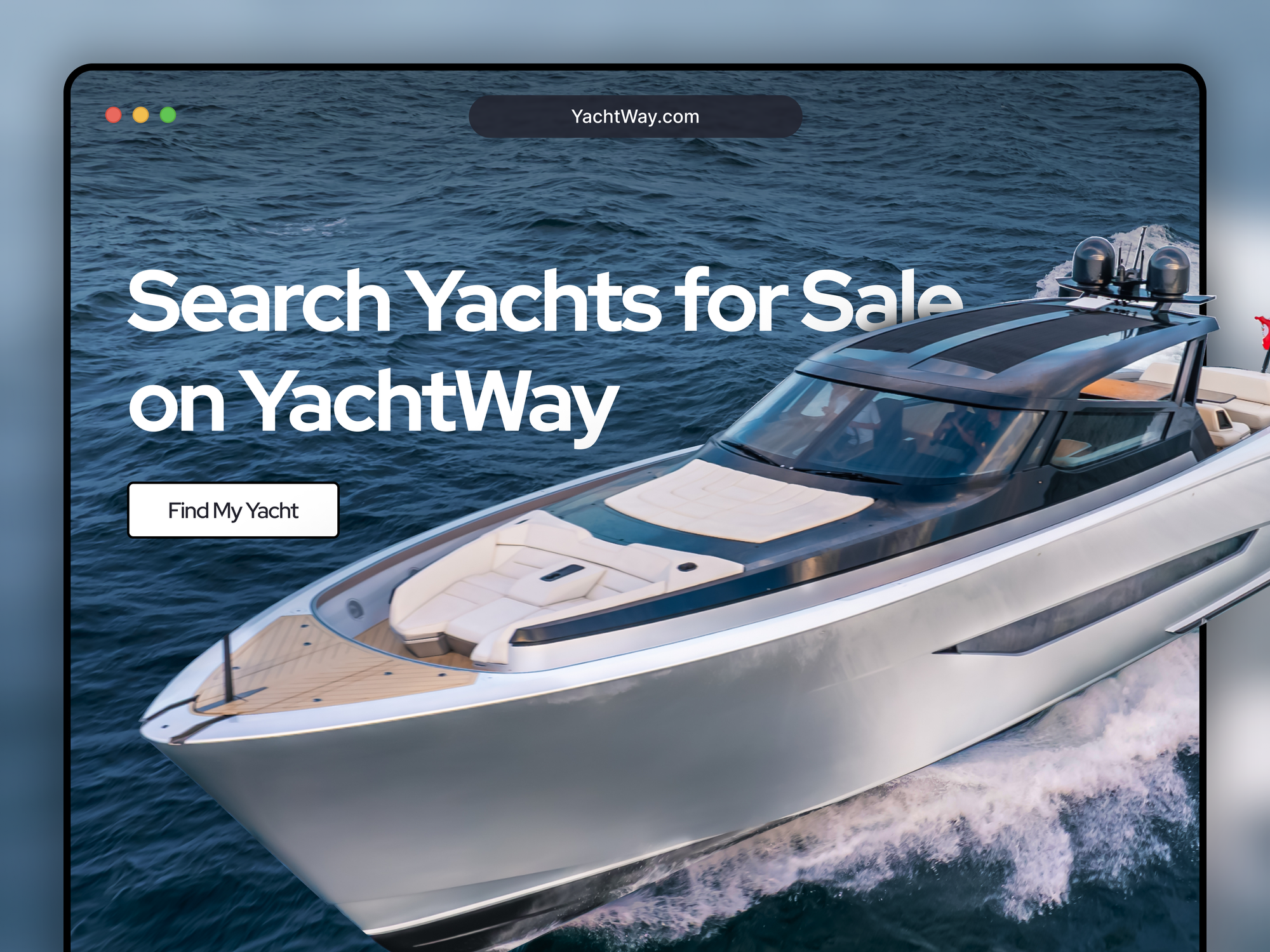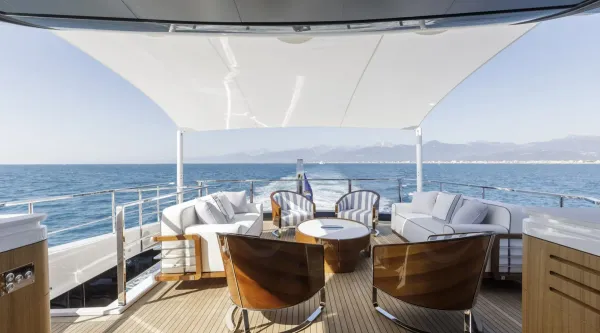High Interest Rates and the Yachting Industry: What You Should Know

The global yacht market has long been a barometer for economic trends, reflecting shifts in wealth distribution, financial policy, and consumer confidence. Over the past few years, the industry has experienced unprecedented demand, fueled by pandemic-era economic policies, a surge in luxury spending, and historically low interest rates. However, as central banks around the world have aggressively raised interest rates to combat inflation, the yacht sales market is beginning to feel the effects. The USA's high-tipping inflation heading into the Miami International Boat Show has certainly left a few if they should see the low dealership sentiment indexed released by the MRAA as a sign of things to come (it isn't!).
While economic analysts suggest higher sales this year than last, some dealers are finding a harder time pushing new boats, and a growing inventory of used boats. While a good measure of that industry growth may come in the form of higher inflation and rising interest rates,
Rising Interest Rates and the Cost of Financing
One of the most immediate and tangible impacts of rising interest rates is the increased cost of financing luxury assets like yachts. While many ultra-high-net-worth individuals purchase yachts outright, a significant portion of buyers—particularly in the mid-range and pre-owned yacht markets—rely on financing.
When interest rates were at historic lows, borrowing large sums for yacht purchases was relatively inexpensive. However, with rates rising sharply over the past year, financing a yacht has become substantially more costly. For example, a $5 million yacht loan at a 4% interest rate resulted in an annual interest cost of $200,000. At a 7% rate, that same loan now carries a $350,000 annual interest burden—an increase of 75%. This shift has led to many prospective buyers delaying purchases, downsizing their options, or opting for the pre-owned market instead of commissioning new builds.
Increased Activity in the Pre-Owned Market
While the new yacht market is facing some headwinds, the pre-owned yacht market has remained relatively strong. As financing costs rise, buyers who might have opted for a new build are increasingly looking at pre-owned vessels, where prices are often more negotiable, and immediate availability eliminates the need for long waiting periods.
This shift has led to a competitive second-hand market, with well-maintained yachts selling quickly. Some sellers, particularly those who financed their vessels at low rates and are now looking to sell, are pricing aggressively to secure buyers. However, inventory levels remain tight, as many yacht owners who purchased during the pandemic-driven boom are holding onto their vessels longer than expected.
Charter Market Gains Popularity
Another significant effect of rising interest rates is the increased popularity of yacht charters as an alternative to ownership. The financial burden of yacht ownership—including rising loan costs, insurance, maintenance, and docking fees—has led some prospective buyers to postpone purchases in favor of chartering.
The global yacht charter market has been experiencing strong demand, particularly in high-end destinations such as the Mediterranean and the Caribbean. Many individuals who would have previously considered yacht ownership are now opting for luxury charters, allowing them to enjoy the yachting lifestyle without the financial commitment of purchasing a vessel in a high-interest-rate environment.

Buyers Are Embracing New Technology In Their Yacht-Buying Journey
In recent years, the yacht sales industry has witnessed a significant shift in how buyers discover and purchase vessels. Traditional marketplaces, such as multiple listing services (MLS) like YachtWorld and BoatTrader, were once the primary avenues for prospective buyers. However, the rise of social media and digital platforms has transformed the landscape, offering more dynamic and engaging ways to connect buyers with their ideal yachts.
Social media platforms like Instagram, Facebook, and YouTube have become pivotal in showcasing yachts to a broader audience. High-quality visuals, virtual tours, and engaging content allow potential buyers to explore vessels from the comfort of their homes. For instance, Galati Yacht Sales emphasizes the importance of social media in reaching new demographics, noting that stunning imagery and video content capture the attention of consumers who might not have been initially looking to buy.
Moreover, the integration of advanced technologies such as artificial intelligence (AI) and virtual reality (VR) into these platforms enhances the buying experience. Platforms like YachtWay utilize AI-driven search functionalities and 3D virtual tours, enabling buyers to explore yachts in detail and receive personalized recommendations based on their preferences. This digital-first approach not only broadens the reach to potential buyers but also streamlines the purchasing process, making it more efficient and tailored to individual needs.
This evolution reflects a broader trend in consumer behavior, where immediacy, convenience, and immersive experiences are highly valued. As the yachting industry continues to adapt to these changes, leveraging digital platforms and social media will be crucial in meeting the expectations of modern buyers and sustaining growth in the market.
Should Dealers or Buyers Be Worried?
Definitely not. It's still a multi-billion-a-year industry, and the dealers most likely to suffer will be those still using list-it-and-forget-it strategies. But high-end-yachting has always been an industry that pushed the limits of technology, budgets, and the imagination. Dealers, brokers, and shipyards who are hungry for success in 2025 and beyond should meet customers where they are, and approach new social and media-based buying journeys aggressively.





